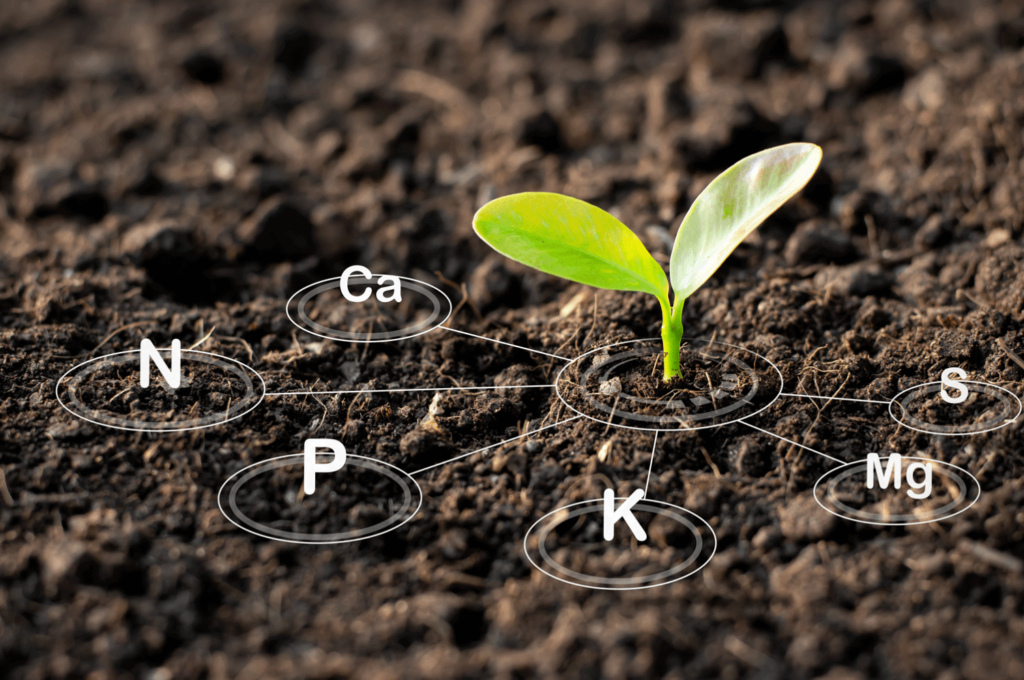How Nutrients are Replenished in the Soil
Key Notes :
Importance of Soil Nutrients

- Nutrients in the soil, such as nitrogen, phosphorus, and potassium, are essential for plant growth.
- Continuous farming depletes these nutrients, making it necessary to replenish them.
Natural Methods of Nutrient Replenishment
- Decomposition of Organic Matter: Dead plants, animals, and their waste decompose and return nutrients to the soil.
- Nitrogen Fixation: Certain bacteria in the soil (e.g., Rhizobium) convert atmospheric nitrogen into forms plants can use. These bacteria are often associated with the roots of legumes like peas and beans.
Role of Crop Rotation
- Planting different types of crops in succession helps balance nutrient usage.
- Leguminous crops enrich the soil with nitrogen, reducing the need for fertilizers.
Adding Organic Manure
- Manure, made from animal waste and decomposed plant material, is a natural fertilizer that replenishes soil nutrients and improves its texture.
Use of Chemical Fertilizers

- Fertilizers such as urea, ammonium sulfate, and superphosphates are added to the soil to supply specific nutrients.
- While effective, overuse of chemical fertilizers can harm soil quality and the environment.
Green Manuring

- Green plants (like sunn hemp) are grown and then plowed back into the soil to increase organic matter and nutrient content.
Recycling Plant Residues
- Leaving crop residues on the field after harvest prevents soil erosion and restores nutrients.
Irrigation with Nutrient-Rich Water
- Irrigation with water containing dissolved minerals can also contribute to soil fertility.
Preventing Soil Erosion
- Conserving topsoil by using techniques like terracing, contour plowing, and planting cover crops ensures nutrients remain in the soil.
Let’s practice!

